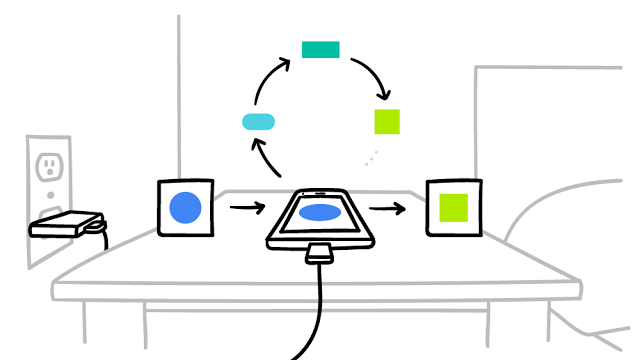
Google is planning to adopt a new approach called collaborative machine learning, or federated learning, to improve the services of smartphones.
The new technique called Federated Learning goes beyond the use of local models that make predictions on mobile devices.
Under the Federated Learning model, mobile phones will learn collaboratively from a shared prediction model, while keeping all the user-generated data on the device.
Google’s new approach will do away with the need of storing data in the cloud to do machine learning.
The search-engine giant claims that Federated Learning helps in making the mobile devices much smarter, reducing power consumption, lower latency levels.

Presently, Google is testing the machine learning model on its mobile keyboard, Gboard for Android. The Gboard will store information locally on a phone, when a user types-in something and the keyboard returns with a suggestion.
Federation Learning will process that history on-device and in the future will suggest improvements to the next iteration of Gboard’s query suggestion model.
Google research scientists Brendan McMahan and Daniel Ramage said: “To make Federated Learning possible, we had to overcome many algorithmic and technical challenges. In a typical machine learning system, an optimisation algorithm like Stochastic Gradient Descent (SGD) runs on a large dataset partitioned homogeneously across servers in the cloud.
“Such highly iterative algorithms require low-latency, high-throughput connections to the training data.
READ MORE: Robot Wars – Google Home joins the fight
“But in the Federated Learning setting, the data is distributed across millions of devices in a highly uneven fashion. In addition, these devices have significantly higher-latency, lower-throughput connections and are only intermittently available for training.”
Google’s research scientists said that the applications of Federated Learning include improvement of language model that power the keyboards, photo ranking based on kind of pictures users look, share and delete.






